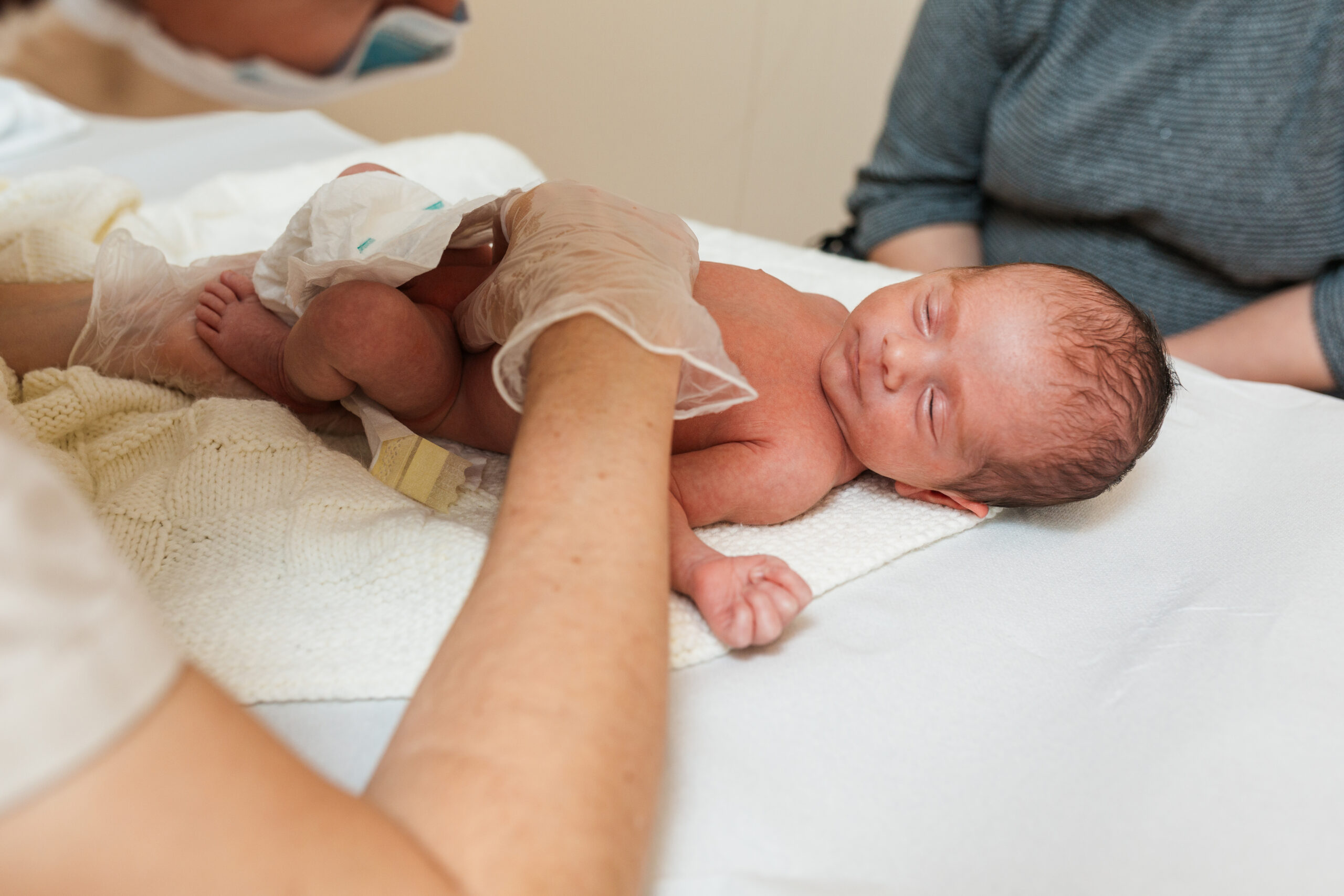Maternal Positions in Shoulder Dystocia: Four Proven Strategies for a Safe Birth: Shoulder dystocia is a time-sensitive obstetric emergency where, after the delivery of the fetal head, the anterior shoulder becomes lodged behind the maternal pubic symphysis, preventing delivery of the rest of the body.
This complication can lead to neonatal hypoxia, brachial plexus injury, and maternal trauma if not resolved quickly. While specific maneuvers (like Rubin or Woods) are central to clinical management, maternal positioning plays a crucial role in improving success rates.
By strategically altering pelvic dimensions and changing fetal alignment, these positions can significantly increase the effectiveness of shoulder dystocia maneuvers, often avoiding the need for surgical intervention.
Here are four proven maternal positions that can help manage shoulder dystocia safely and effectively.
1. McRoberts Position
How it helps:
Description:
The pregnant person lies supine with hips flexed tightly toward her abdomen, knees brought as close to the ears as possible.
- Flattens the sacral promontory
- Rotates the symphysis pubis cephalad
- Straightens the lumbosacral angle, increasing pelvic space
Why it’s first-line:
- Simple, quick, and non-invasive
- Works well in combination with suprapubic pressure
- Resolves up to 42–90% of shoulder dystocia cases
Clinical tip:
Use two assistants to flex both legs symmetrically for optimal pelvic alignment and stability.
2. Gaskin Maneuver (All-Fours Position)
Description:
The pregnant person moves into a hands-and-knees (knee-chest) position.
How it helps:
- Uses gravity to aid in freeing the impacted shoulder
- Increases pelvic diameter and mobility
- Changes the vector of fetal descent
When to use it:
- If McRoberts fails
- When the pregnant person is mobile and not under heavy epidural anesthesia
Evidence:
- Highly effective for out-of-hospital or unmedicated births
- Introduced by midwife Ina May Gaskin in the 1970s
Clinical tip:
Support the fetal head during repositioning and ensure the pregnant person has assistance for safe movement.
3. Lateral (Sims) Position
Description:
The pregnant person lies on her side with the lower leg extended and upper leg flexed at the hip and knee.
How it helps:
- Relieves sacral pressure
- Alters pelvic inlet and outlet angles
- May rotate the pelvis enough to release the impacted shoulder
Use cases:
- Suitable for patients with limited mobility
- Helpful when partial anesthesia restricts other positions
- Can be used alongside suprapubic pressure or posterior arm delivery
Clinical tip:
This position is especially useful as a precursor to internal maneuvers like Rubin.
4. Standing or Squatting Position
Description:
The pregnant person assumes an upright, weight-bearing stance, either standing or supported in a squat with knees bent and pelvis open.
How it helps:
- Maximizes pelvic outlet diameter
- Uses gravity to facilitate fetal descent
- Encourages fetal rotation and expulsion
Limitations:
- Challenging in hospital settings with regional anesthesia
- Requires strong patient cooperation and team support
Clinical tip:
Use supportive tools such as a birth stool, rebozo, or partner assistance for safety and stability.
Why Maternal Positioning Matters in Shoulder Dystocia
Repositioning is non-invasive, quick, and resource-efficient—making it one of the most practical tools in managing shoulder dystocia.
Benefits include:
- Altering pelvic shape and angles for greater fetal mobility
- Enhancing the effectiveness of maneuvers like Rubin, Woods, or posterior arm delivery
- Reducing the need for surgical intervention
When combined with timely teamwork and proper maneuvers, maternal positioning can be lifesaving for both pregnant person and baby.
Quick Recap: 4 Maternal Positions in Shoulder Dystocia
| Position | Key Benefits | When to Use |
|---|---|---|
| McRoberts | Straightens pelvis; first-line option | Immediately upon recognition |
| Gaskin (All Fours) | Gravity-assisted; increases pelvic space | When McRoberts fails and patient is mobile |
| Lateral (Sims) | Relieves sacral pressure; adjusts pelvic angles | For limited mobility or prelude to maneuvers |
| Squatting | Maximizes pelvic outlet; aids rotation | For upright, mobile birthers |
Final Thoughts
In shoulder dystocia, every second counts. Maternal repositioning offers safe, effective, and immediate solutions that can greatly enhance the success of obstetric maneuvers.
By understanding and applying these four proven positions, clinicians and birth attendants can improve outcomes, minimize complications, and save lives—whether in a delivery room, birth center, or community setting.







